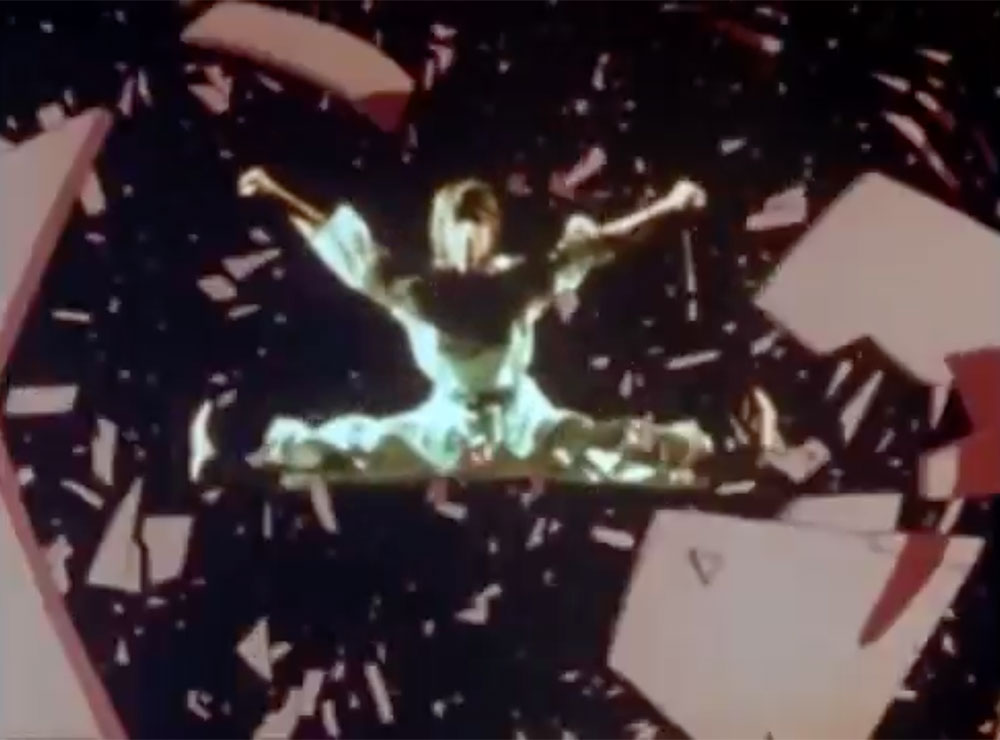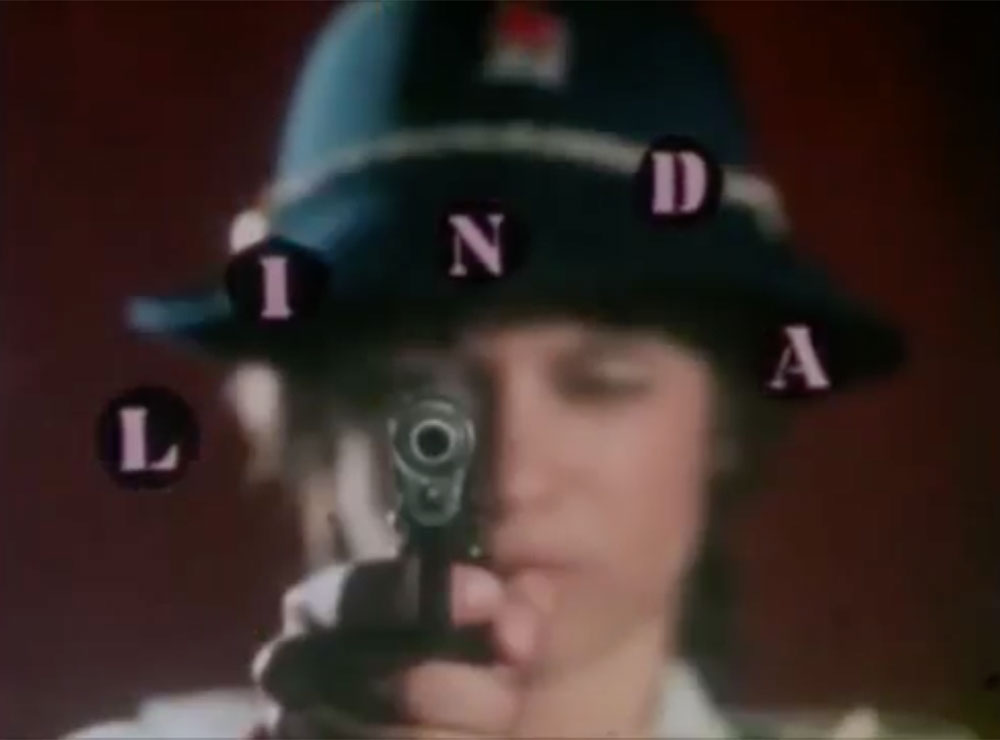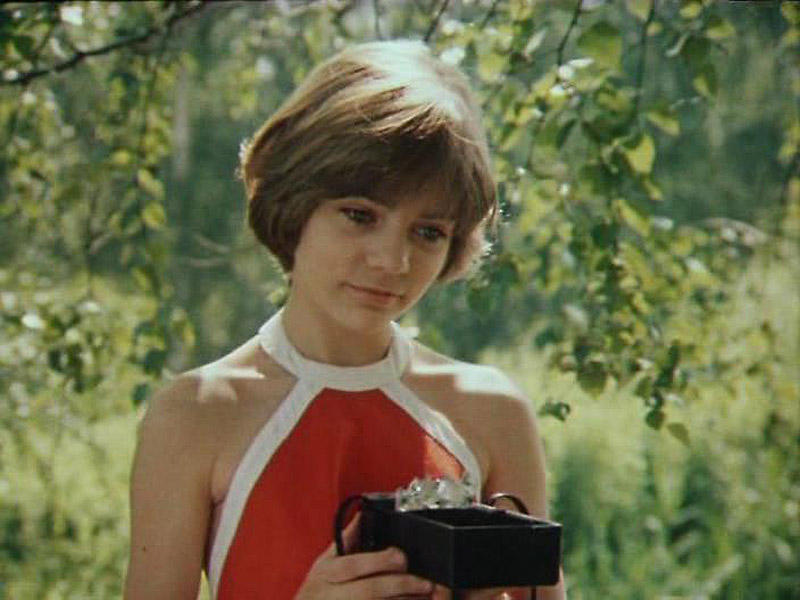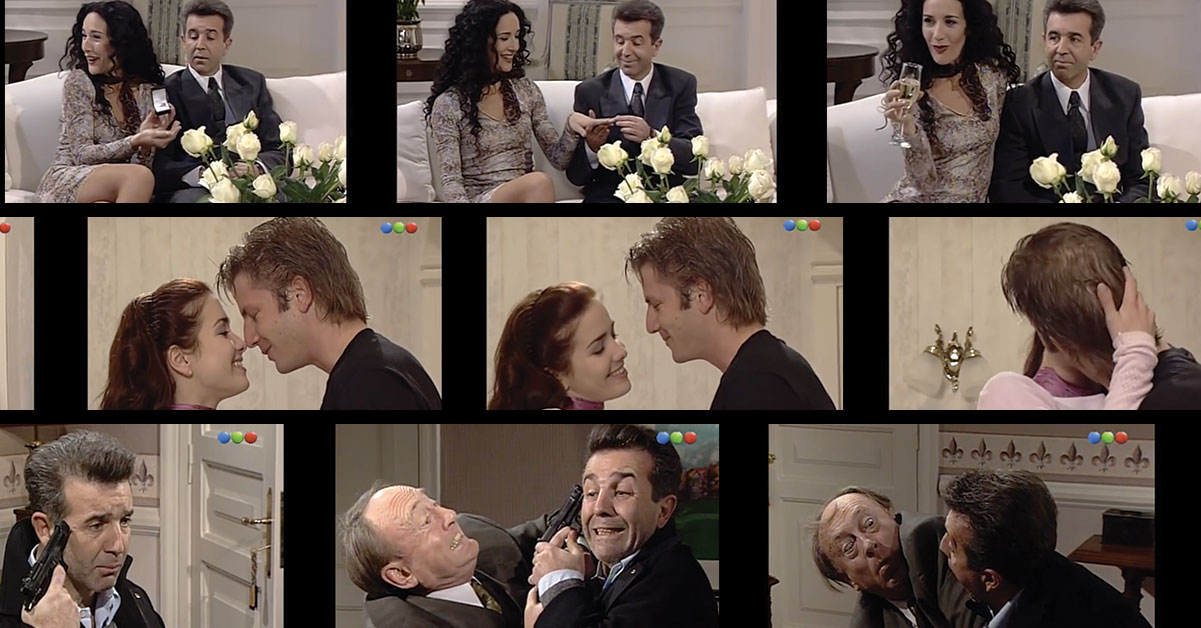Just for kicks: how a kung-fu fighting female TV detective reshaped gender norms in the Eastern Bloc
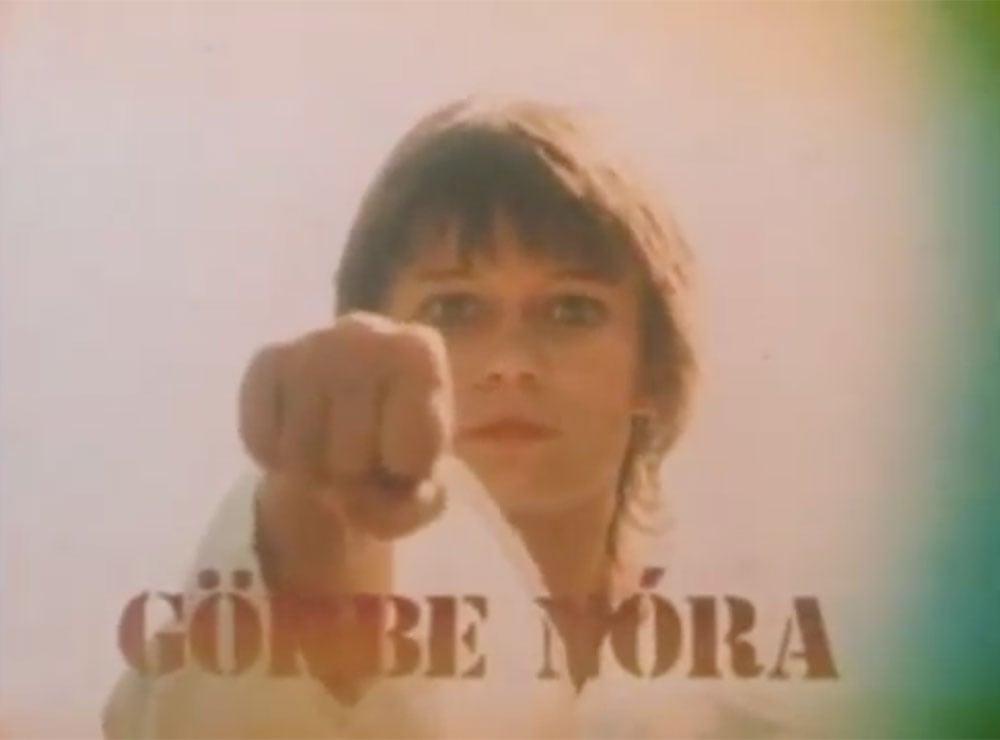
When Linda, a karate-kicking detective, appeared on Hungarian TV in the 80s, she became an unlikely symbol of female emancipation. Yoana Pavlova examines her legacy
The “other side” of the Iron Curtain may be famous for its auteur film directors but there is one thing its state-produced cinema lacked: genre films and B movies. Style-over-substance went against the socialist realism dogma, while formalism was deemed a crime. Historical drama and sci-fi were the sole exception, as they projected socialist values into the past and the future, respectively.
The kung-fu movie craze reached Eastern Europe and USSR in the 1980s. Bruce Lee, Jackie Chan and Jet Li struck a chord with the late socialist audience, with the help of a well-developed distribution network, as well as the rise of the home VHS deck. Watching the Shaolin Temple cycle or Hong Gil-dong (1986) was both a lesson in cultural anthropology and an epic escape into rebellion, individuality, and most of all a different rapport to our own trivial, collectivised bodies. Kids spent hours and hours imitating their favourite characters, hoping that this would turn them into martial arts experts. There was no other way to practice anyway — until the 1980s, only elite police and military troops had access to certain combat techniques from the Far East, mostly karate and judo.
Based on old-time legends and produced by far-flung comrades, often as a result of the complicated dynamic between China and Hong Kong or North and South Korea, the virtues promoted in these kung-fu movies clung nicely on to the 20th century understanding of socialist ethics: humility, persistence, respect for traditions. We could not possibly imagine staging a martial arts story in the here and now — we did not even have villains! But then Hungary and its “democratic socialism” realised the unthinkable by producing Linda (1983-1989), a three-season TV show about an ass-kicking woman police detective who is also a loving daughter and fiancée. Programmed in the late-night slot for being slightly decadent and unusually violent, Linda Veszprémi’s signature squeal and the corny sound effect from her punches reverberated from every corner of the Eastern Bloc.
Nóra Görbe’s androgynous look and real-life dedication to martial arts made her the face of an era
Linda‘s creator and producer György Gát, a big fan of Bruce Lee and Jackie Chan, had long aspired to make a film with martial arts. When he pitched the idea to Hungarian National Television, it took a lot of persuasion, but they finally agreed to start with three pilot episodes. And without a doubt, much of the series’ success was owing to the actress cast play the lead. At the time Nóra Görbe appeared as Linda, she was already an emerging actress, whose career had started a decade after the untimely death of her father János Görbe — a film and stage star, known also for his participation in the 1956 uprising in Hungary. Still, it was through this particular TV show that Nóra Görbe became famous, including as a pop singer. Her androgynous look and real-life dedication to martial arts (she earned some actual karate belts) made her the face of an era.
From the opening credit, the TV show adopts a half-droll, half-imitative tone, starting with a tribute to the graphic beauty of the famous Eastern European poster art, as well as a nod to James Bond. The plot of each episode relies on the same gimmick – our gal is well-meaning and smart but needs to prove to men she is not that helpless by beating them up after ritually taking off her shoes. Truth be told, we socialist kids did not really care about the plot — we used to watch Linda as a showcase of a lifestyle and attitude we could not afford. From the cars and the boats, to the colourful knitwear and the memorable batik-dyed skirt, Hungary grew in our imagination as a promised land where things looked almost western and police work could be cool. Moreover, Linda appeared at the peak of the disco craze in the ex-Eastern Bloc, thus channelling the concept of a new homo socialisticus: modern, independent and sexy.
Nowadays, Linda can also be seen as an important document of socialist emancipation right before the fall of the Berlin wall. Back at the time, Nóra Görbe was married to György Gát and had two kids with him, but her high kick broke plenty of cliches about the roles of women in this part of the world. This is despite the fact that socialism had done much to engineer equality — if you look at “serious” films from the 1980s in the ex-Eastern Bloc, you will spot many divorced working mothers facing complex life choices, as there were actually many women who had the chance to write and shoot these scripts in a semi-autobiographical manner. With a TV production like Linda, though, the battle of sexes took funny, even absurd forms, which added to the self-deprecating charm of the show. As if militant feminism was yet another “exotic” notion to be exploited in a manner no different to kung-fu.
Linda never lets her male antagonists get the better of her
And one more important aspect of this story about a young female master in self-defence, is the sexual subtext of certain episodes. Watching Linda today, the episodes in which she is surrounded by aggressive men leave an uncomfortable impression that they are about to enact their vengeful lust on the (artificially imposed) feminist status quo. (Until the beginning of the 1990s, sexual assault crimes in the socialist world were virtually unknown, at least in the public domain, although they surely occurred). But Linda never lets her male antagonists get the better of her, and this is how she outlived the socialist era to become a symbol of women’s inviolability and fearlessness.
In 2002, new episodes of Linda premiered in Hungary, again starring Nóra Görbe and many of the previous cast members, but this sequel never reached the previous popularity. About a decade later, a teaser for a full-length feature titled Linda Returns surfaced online, however details about the production are yet to be announced. Long gone are the days when dedicated followers would even buy Linda-meets-Three Musketeers book mash-ups. But in the hearts of those dedicated followers, her legacy lives on.

